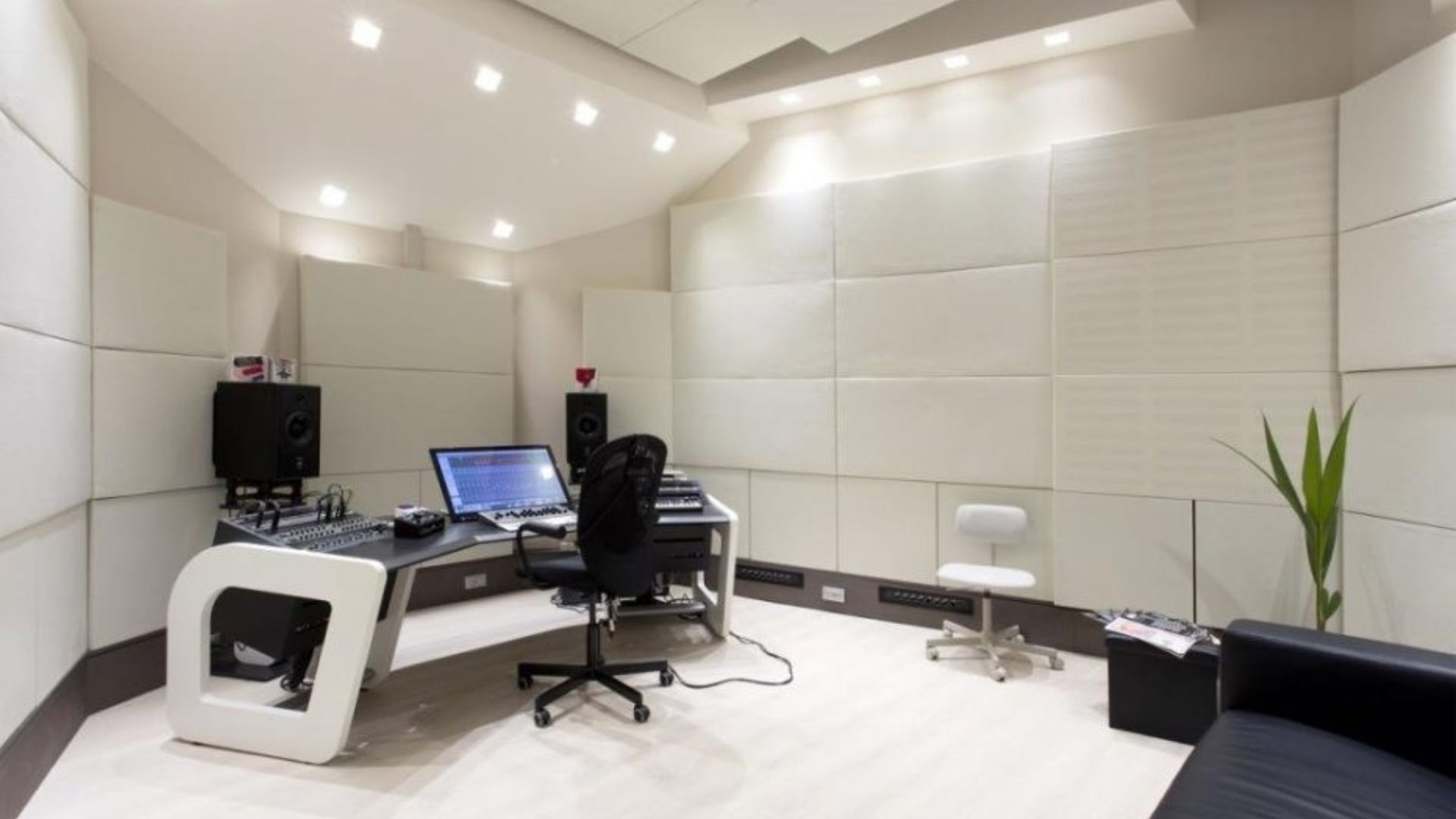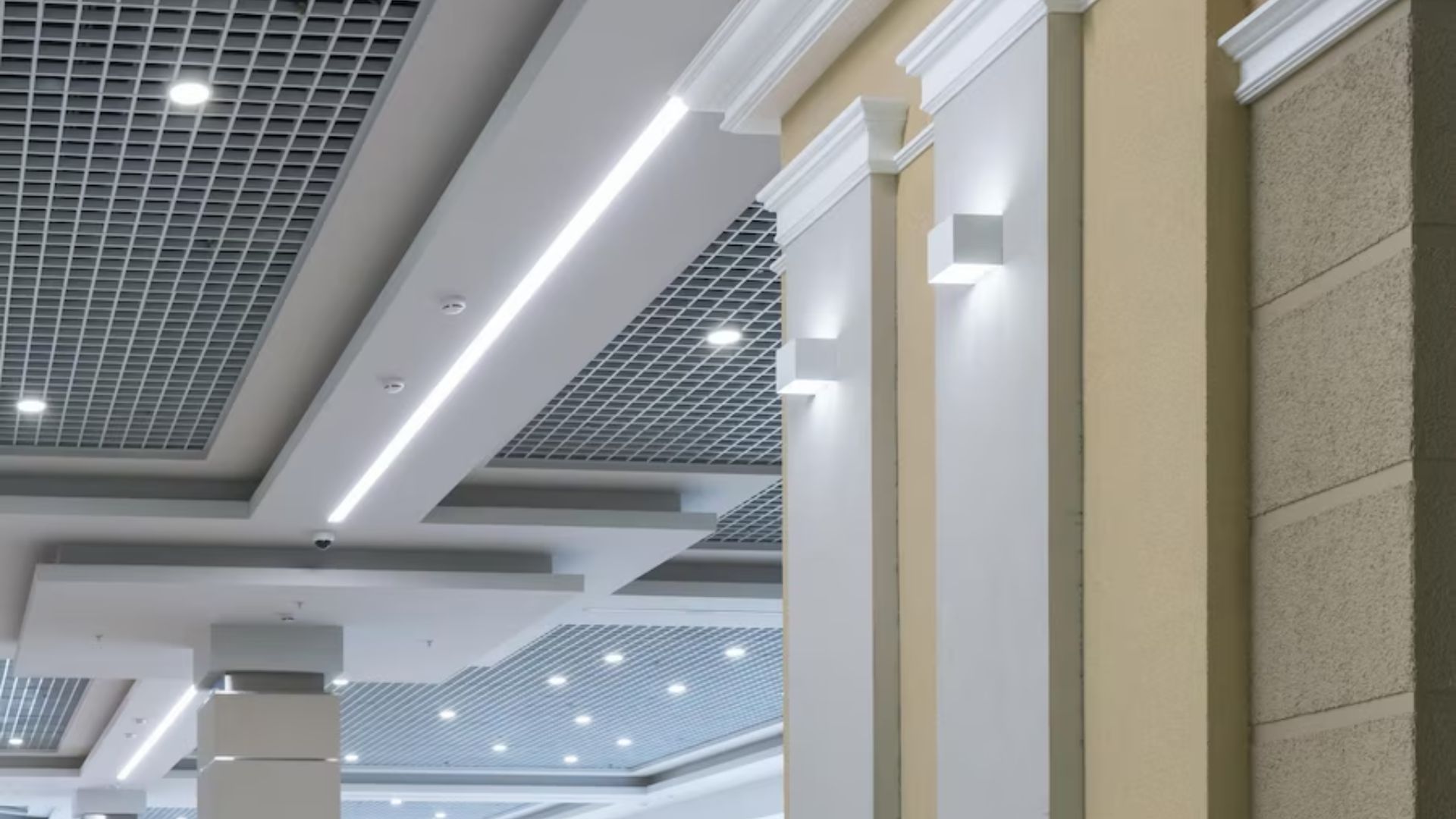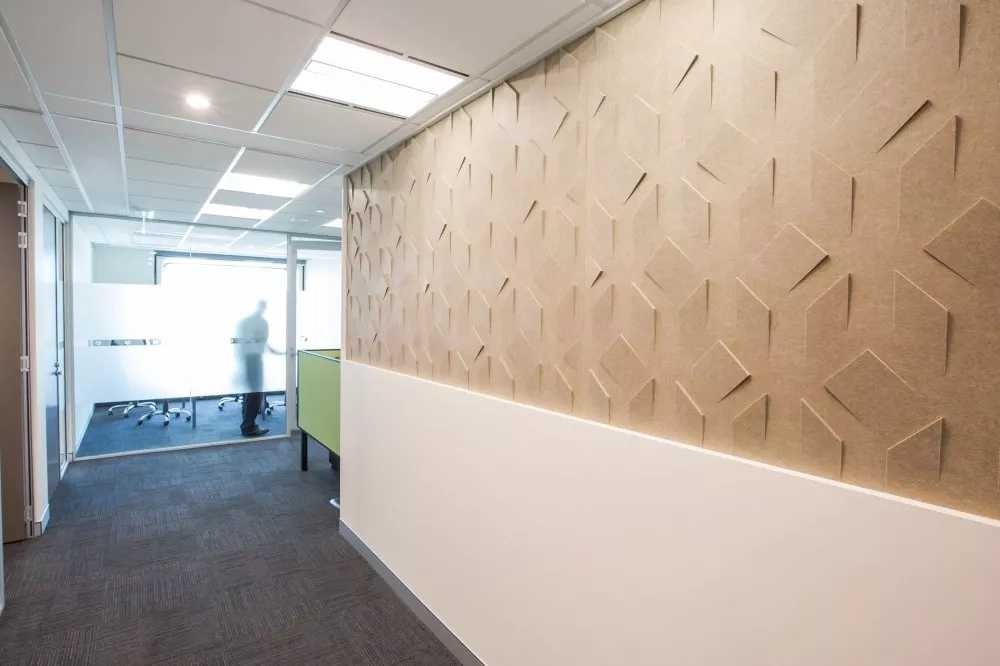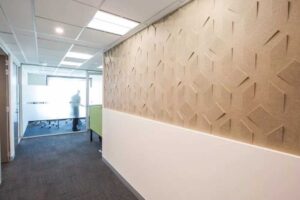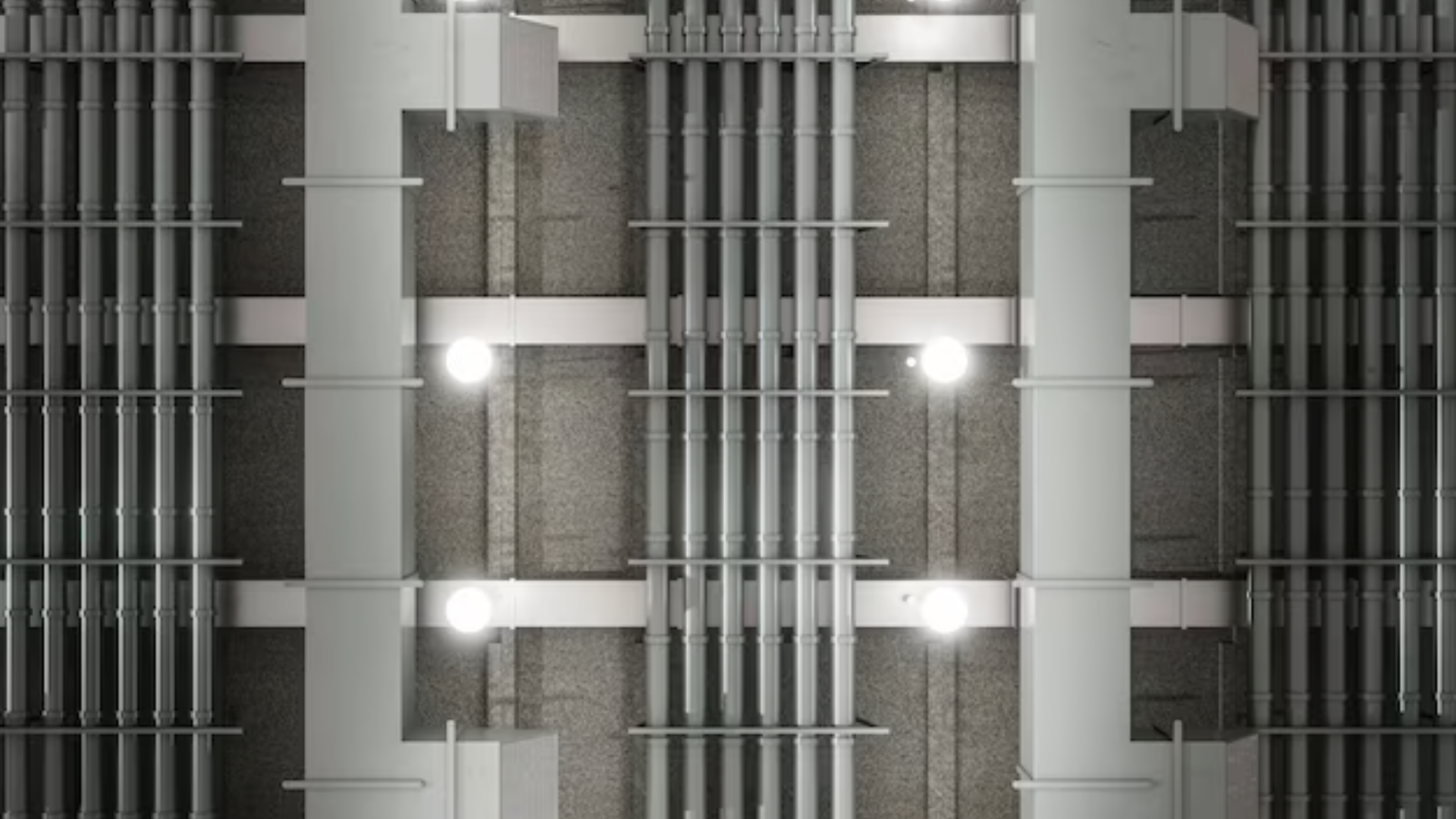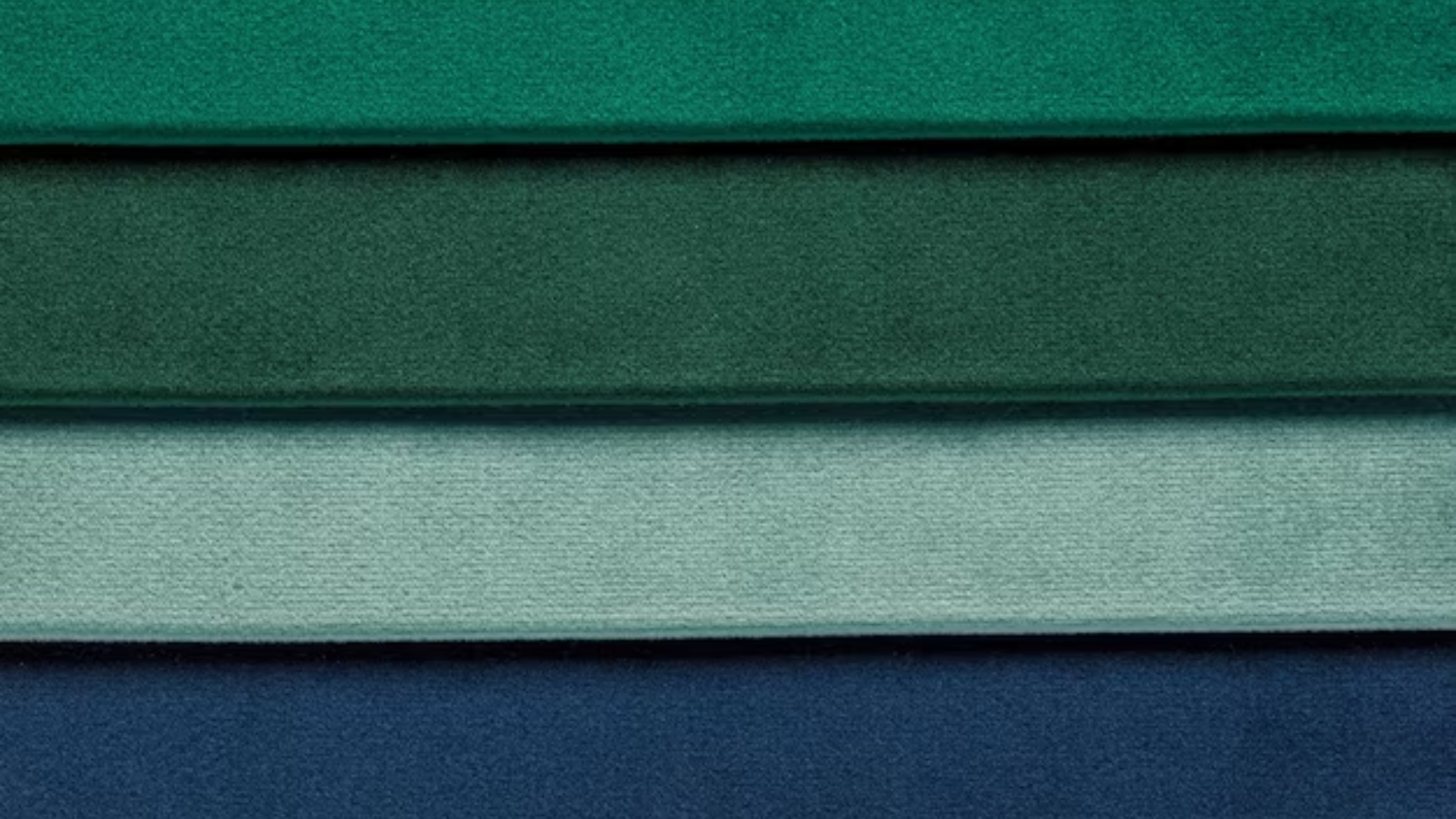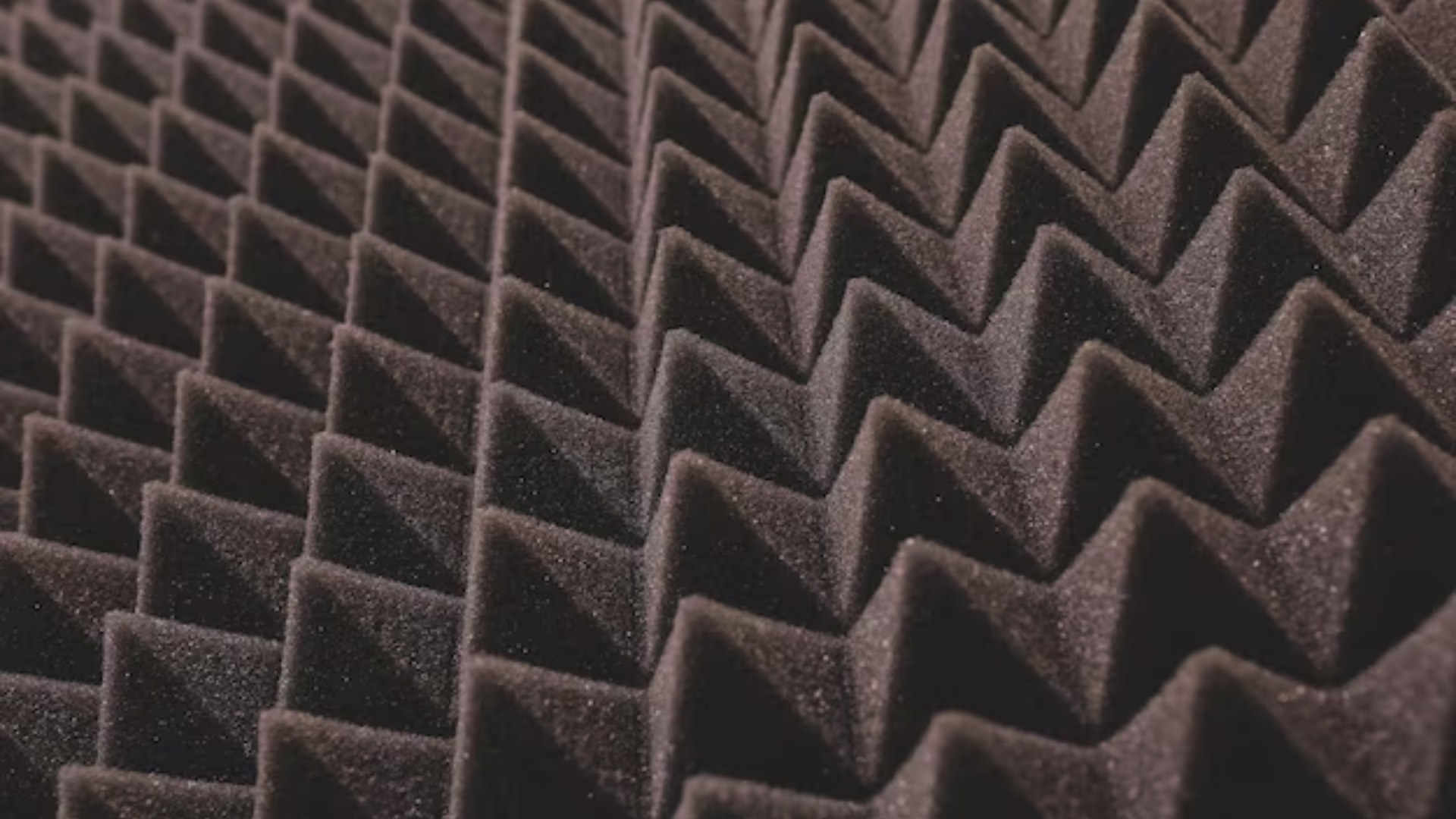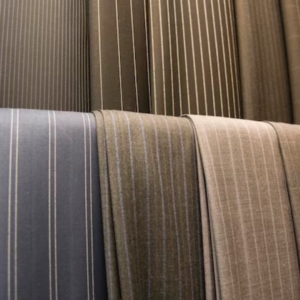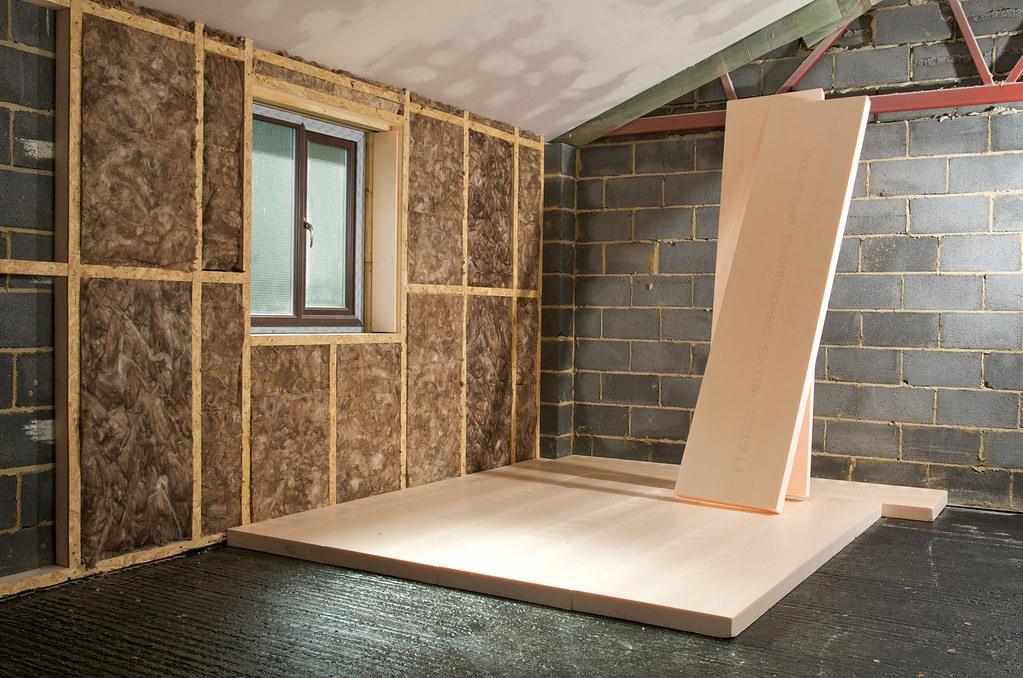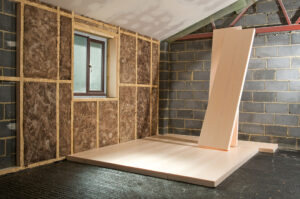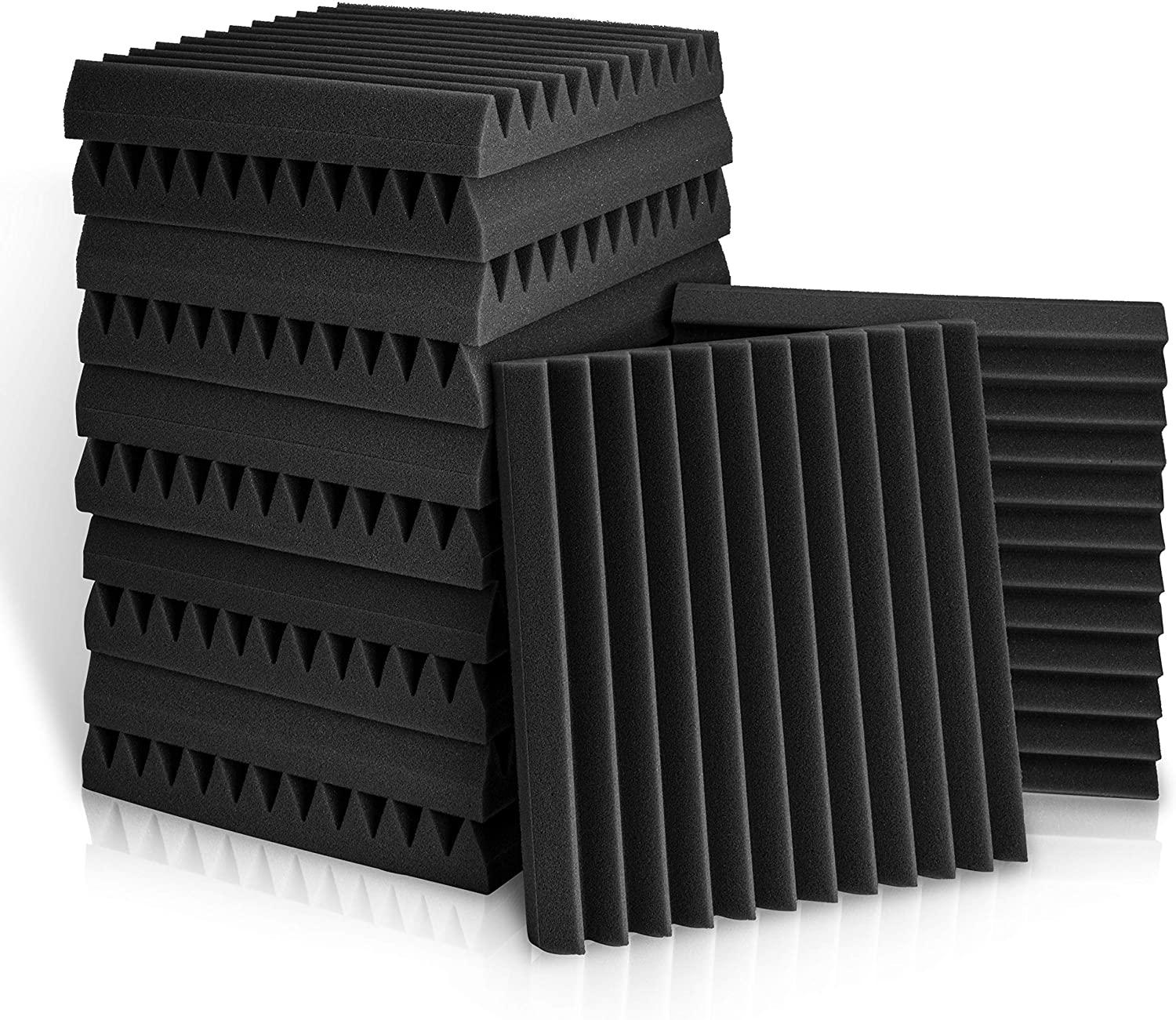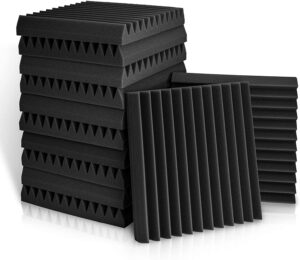Noise control panels services involve the installation and implementation of specialized panels designed to control and mitigate unwanted noise and sound reflections within various environments. These panels are strategically placed to improve acoustic conditions, reduce reverberation, and create a more comfortable auditory experience.
Whether in commercial or residential settings, noise control panels services provide valuable solutions for achieving optimal acoustic conditions. If you’re considering these services, it’s important to work with experienced professionals who can assess your space’s unique acoustic needs and recommend the appropriate panel types and placements.
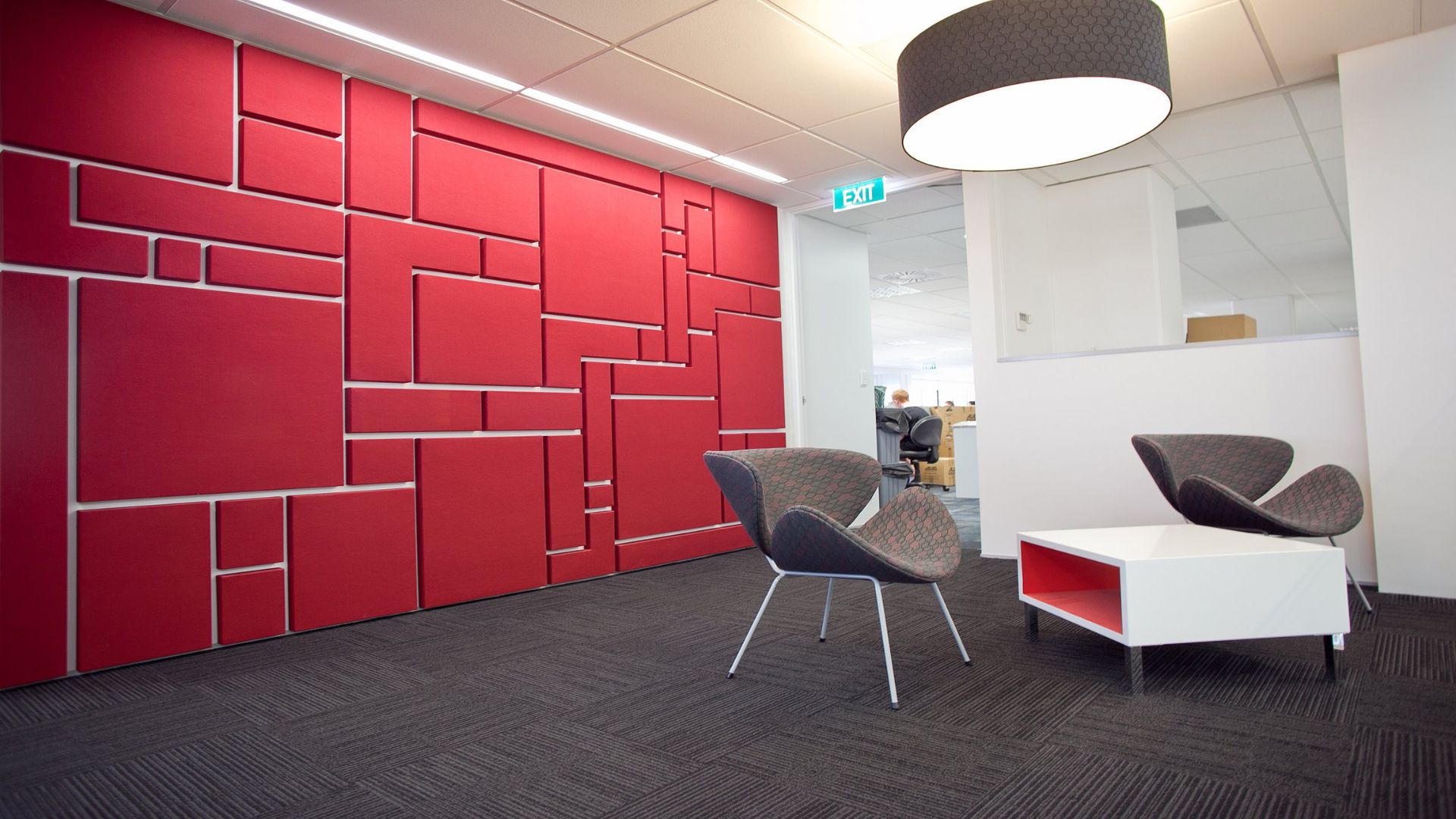
What are the primary aspects of the best noise control panels services?
Following are some of the primary aspects of the best noise control panels services that you need to know about:-
- Acoustic Improvement: Noise control panels are used to improve the overall acoustic environment of a space. They help reduce excessive noise, echoes, and reverberation, leading to better speech clarity, concentration, and comfort.
- Sound Absorption: These panels are typically made from sound-absorbing materials that dampen sound waves. They convert sound energy into heat energy through friction, thereby reducing the intensity of sound reflections.
- Panel Types: Noise control panels come in various types and designs. Some common types include fabric-wrapped panels, perforated panels, wood panels, foam panels, and diffusive panels. Each type serves a specific purpose in terms of sound absorption, diffusion, or aesthetic appeal.
- Placement: The placement of noise control panels is crucial for their effectiveness. Panels are strategically positioned on walls, ceilings, and even floors to target areas where sound reflections are most problematic.
Why Investing in Noise Control Panels Is Essential?
Investing in noise control panels is essential for various reasons, as they offer numerous benefits that contribute to improved comfort, productivity, and overall well-being. Here are some key reasons why investing in noise control panels is crucial:
- Enhanced Acoustic Comfort: Noise control panels significantly improve the acoustic environment by reducing excessive noise, echoes, and reverberations. This leads to a more comfortable and pleasant auditory experience for individuals within the space.
- Better Speech Intelligibility: In environments where clear communication is important, such as offices and classrooms, noise control panels enhance speech intelligibility. They minimize background noise and improve the clarity of conversations.
- Increased Productivity: Excessive noise levels can be distracting and disruptive, leading to decreased productivity. By investing in noise control panels, you create a quieter and more focused environment that supports efficient work and concentration.
- Stress Reduction: Constant exposure to high noise levels can contribute to stress, anxiety, and fatigue. Noise control panels help create a calmer atmosphere, promoting better mental well-being and reducing stress levels.
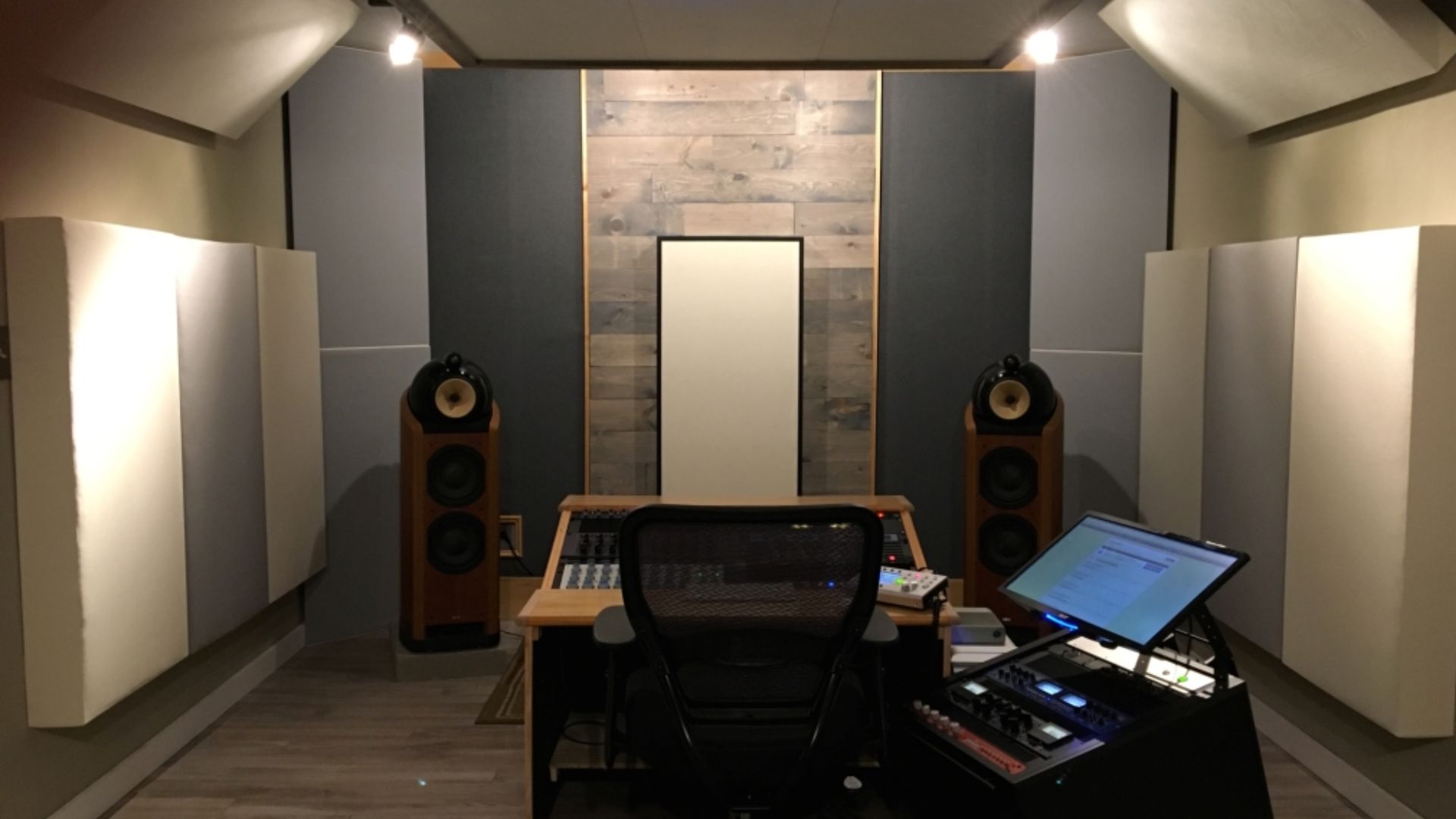
Finding the best noise control panels might take certain steps just because there are an immense amount of service providers in the market but making the right choice is truly essential, so in that scenario what could be the better option than going through the official website of Akcoustic.

